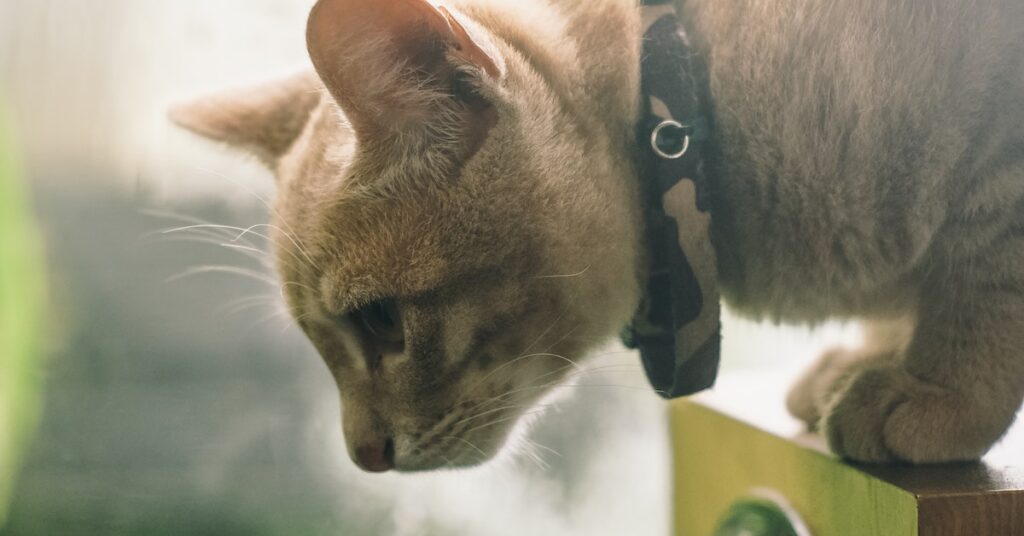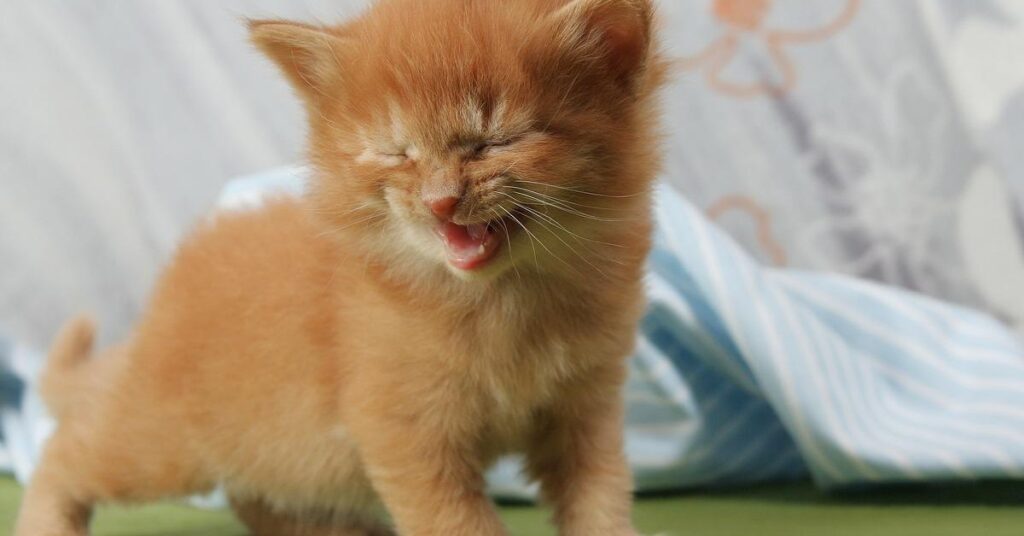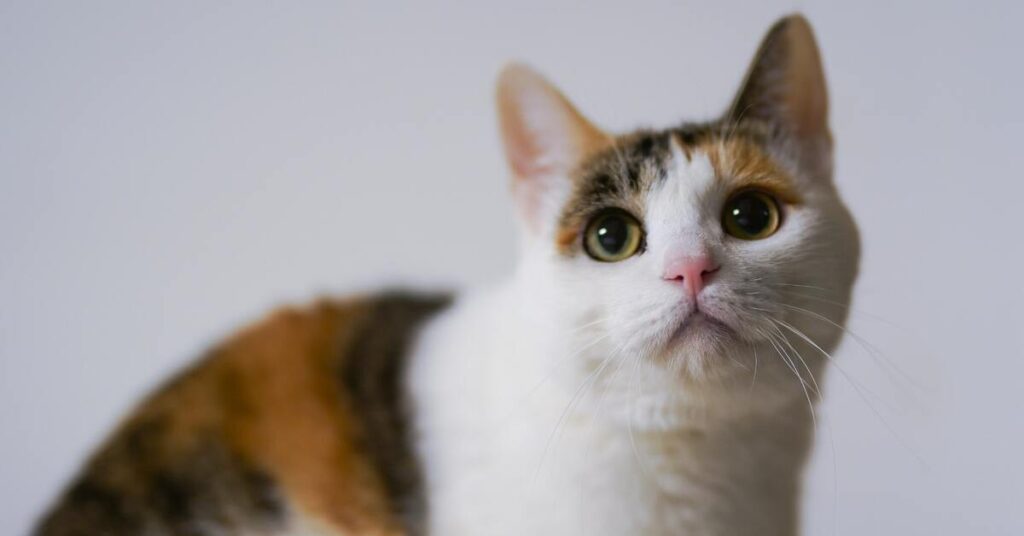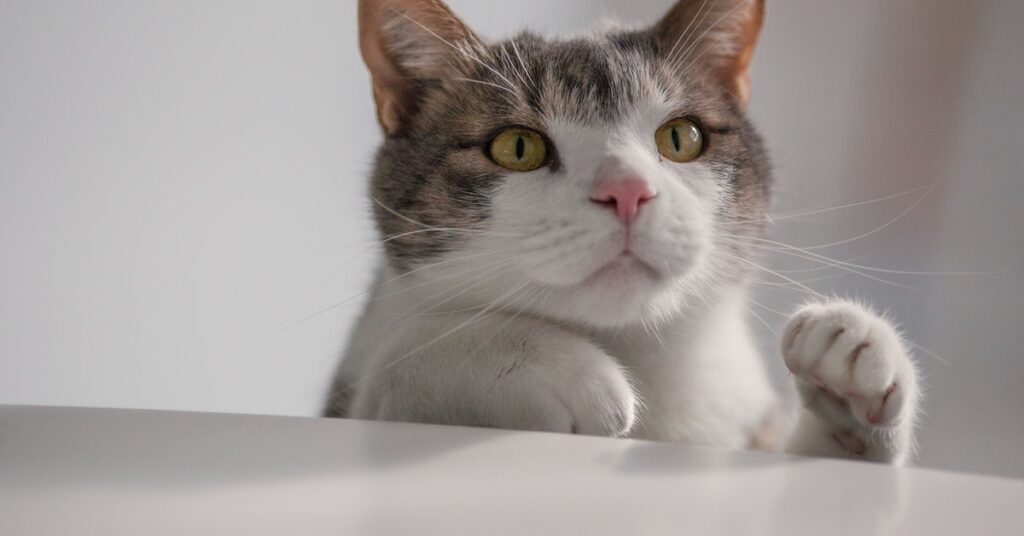If your cat is exhibiting odd behavior, there are a few things you should keep an eye on. Keeping an eye out for fleas, for instance, is important because fleas can be harmful to your cat’s health. Fleas can cause many problems for your cat, including causing physical damage. So, you should care about odd behavior in cats.
Normal vs odd behavior in cats
It can be difficult to tell the difference between normal vs abnormal behavior in cats. Cats of all ages have different needs and wants. As a kitten, your cat will likely be hyperactive and have lots of quirks. It is important to remember that a kitten is experiencing the world for the first time. Their complex sense of smell helps them explore new places and discover things. However, some kittens will try to get attention by constantly vocalizing, which can be a sign of distress.
When a cat is anxious, it may start rubbing its fur off or chewing on fabric. This behavior can become a habit and be reinforced by the owner. This type of behavior can also be caused by the cat’s fear of humans. Regardless of the cause, these behaviors should not be ignored.
Other times, the behavior may be the result of medical conditions. In these cases, a video of the cat’s behavior can help the veterinarian diagnose the underlying cause. For instance, if your cat has a habit of eating and drinking in strange places, it may be suffering from liver disease.
Some cats are naturally more playful than others. Some cats may be naturally aggressive or have a higher prey drive. These behaviors should be treated with medications or behavioral supplements. If the behavior persists, it is important to seek the advice of a veterinarian or a cat behavior specialist. They will be able to suggest a course of treatment.
Cats also exhibit predictable behaviors, which can help you gauge their baseline level. If your cat has a habit of aggression, you may want to try slowly introducing the cat to a new environment. In extreme cases, you may want to remove the cat from the situation until the odd behavior is lessened. If the behavior isn’t resolved, your cat might need to be spayed or castrated.
Signs of stress
Stress can lead to a variety of different physical and mental health problems for cats. If you notice that your cat is showing signs of stress, you should consult your veterinarian. Your veterinarian will identify what is causing your cat to feel stressed and help you eliminate or minimize those situations. Chronic stress can damage your cat’s immune system and contribute to a range of health problems.
One of the most common signs of stress in cats is that it suddenly starts eating and drinking. This is a common symptom of stress, but it may also be a sign of illness. You can also tell if your cat is feeling stressed by their body language. They may hunch over or hold their heads lower.
Other signs of stress in cats include unusual behavior or new behaviors. This could include peeing in unfamiliar locations, acting out, and obsessive grooming. These compulsive behaviors can cause physical harm and can also damage your cat’s health. Some cats may even lick themselves to the point of baldness.
Other signs of stress include unusual or aggressive behavior. When your cat is under stress, he may be wary of visitors or family members, and he may be aggressive around the litter box. You should also notice any changes in your cat’s routine, such as a new baby or construction project.
While cats are naturally shy, they may hide when stressed. This behavior may occur due to competition for the litter box or a new cat in the backyard. Some other causes of stress in cats include cystitis, arthritis, and senility. In such cases, you should consult a vet as soon as possible.
Symptoms of pain
Cats can display many different symptoms, and their discomfort may vary. Painful situations may make cats aggressive and display various physical signs. However, these signs should not be interpreted as a generalization or as a reliable indicator of pain in cats. Pain may be a symptom of a serious underlying medical condition.
Affected cats may stand with their front legs tucked under their chests, and they may stop their characteristic stretching and scratching. The changes in the behavior of a cat with pain can be a sign that the pain is severe enough to affect the cat’s quality of life. In addition, a painful cat may be unable to participate in everyday activities, such as eating or playing.
Other signs of pain in cats include a loss of appetite, unusual vomiting, and clinginess. They may also stop using the litter box or climbing the cat tree. A visit to a veterinarian can help determine the underlying cause of the changes and provide pain medication. Other treatments can include heat therapy and physical rehabilitation.
Treatment for pain in cats may involve anti-inflammatory medicines or other pain-relieving treatments. Non-steroidal anti-inflammatory drugs are commonly used to alleviate mild-to-moderate pain, while corticosteroids are typically reserved for severe pain. However, it is important to note that anti-inflammatory drugs and other medications can have adverse effects on cats, so it is important to carefully monitor the severity and duration of the pain in your cat.
Cats can be aggressive when they are in pain, so it is important to not touch the animal. If the pain in your cat is severe, it is important to see a veterinarian. A veterinarian can perform a physical examination and diagnostic tests to determine the cause of the discomfort.
Cucumber cat phenomenon
The Cucumber cat phenomenon is a strange phenomena in which cats react violently to a cucumber. As cats are very sensitive to their environment, they are often startled by random objects that they perceive as a threat. Cucumbers look like snakes to cats, which could explain their reaction. It is important to remember that cats are not human beings, and you should never try this experiment at home. If you’d like to learn more about this phenomenon, subscribe to BBC Focus magazine and follow @sciencefocusQA on Twitter.
The Cucumber cat phenomenon is a result of the fact that cats are predators by nature. This means that they have developed rapid reflexes to help them hunt effectively. This reflex makes them jump away from an unfamiliar object. But even though cats do not know the cucumber is there, they are startled and will try to move away.
The Cucumber cat phenomenon has become a popular internet trend. Hundreds of videos have appeared online and have garnered millions of views. While it is not entirely clear what causes these cat videos to go viral, the common theme is that cats find cucumbers terrifying, and therefore try to avoid them. This fear of cucumbers leads them to jump away from them, which can cause them to injure themselves.
If your cat is scared of cucumbers, don’t panic. You can still try introducing them gradually. Just make sure you avoid introducing new things when they are eating or in a vulnerable position.
Symptoms of displacement activity
Displacement activity is a behavior that occurs out of context and is a response to anxiety or stress. When a cat feels threatened or harassed, it will often groom itself or another animal in an effort to calm itself. However, as this behavior becomes habitual, it can become a sign of self-destructive behavior.
Displacement activity in cats is often accompanied by tail wagging. The tail wags horizontally, and is an expression of the cat’s conflicted mind. The act of tail wagging evolved in cats as a physical way to maintain balance. Similarly, the wagging of the tail in response to communication differs from displacement activity.
Displacement activity in cats can also be an indication of a stressful environment. A cat’s behavior is a way for it to vent its frustration, and it may be a sign of an underlying problem. It can affect its own health or the health of other animals, as the odd behavior in cats is destructive to objects and furniture.
Displacement activity can be caused by two causes: excess fat or trauma. Excess weight can place pressure on the urethra and bladder. Trauma can also cause bladder displacement by causing injury to the pelvic region. Masses, tumors, and hernias can also push out the bladder from its normal position.
Displacement activity in cats may manifest as excessive biting, scratching, and vocalization. Some cats may even attack other pets and exhibit other signs of stress.








